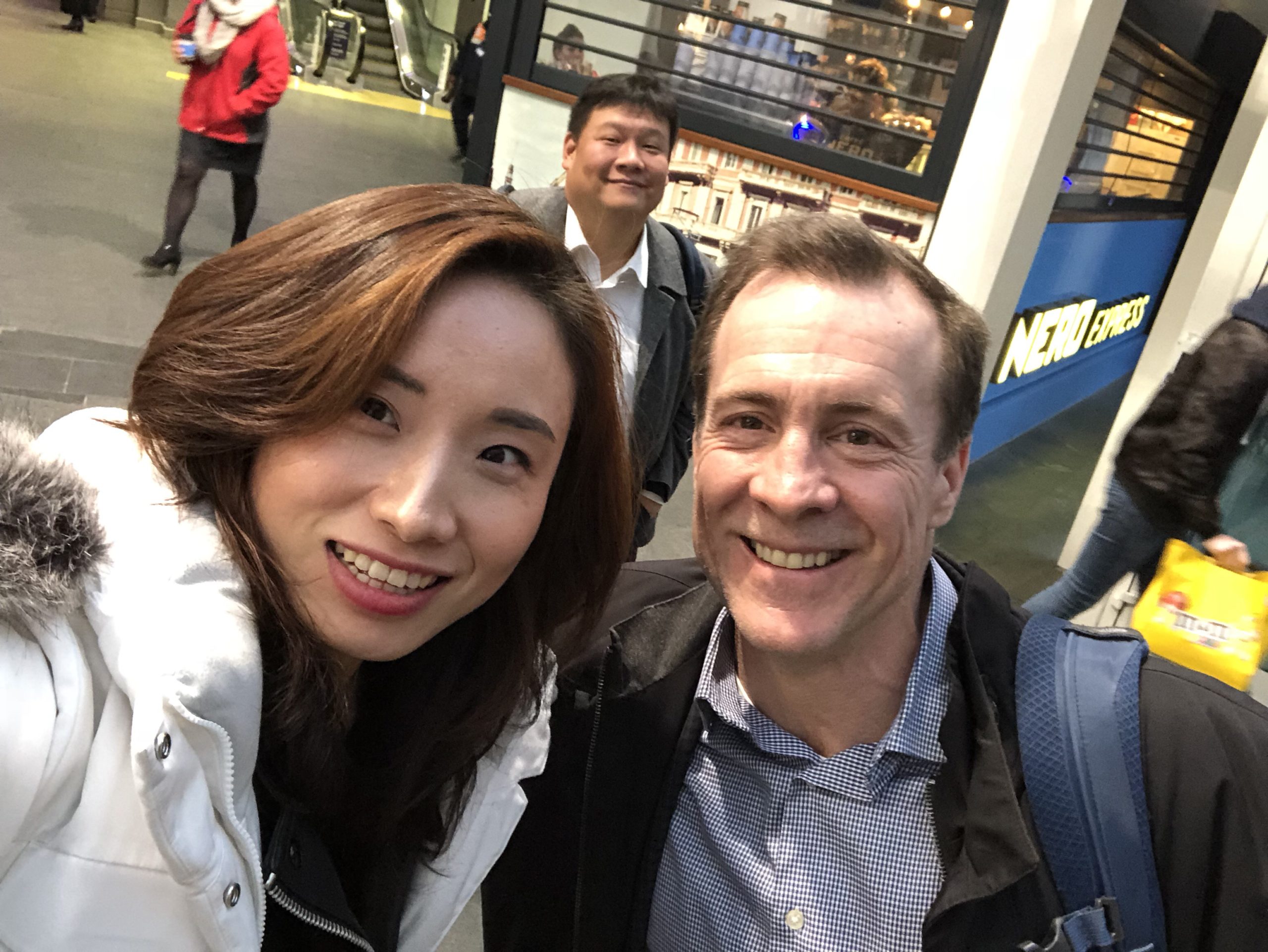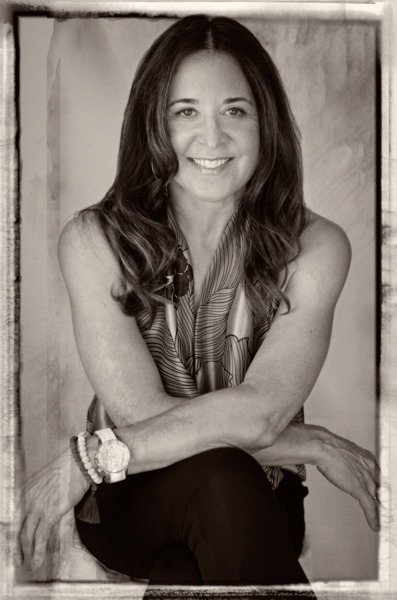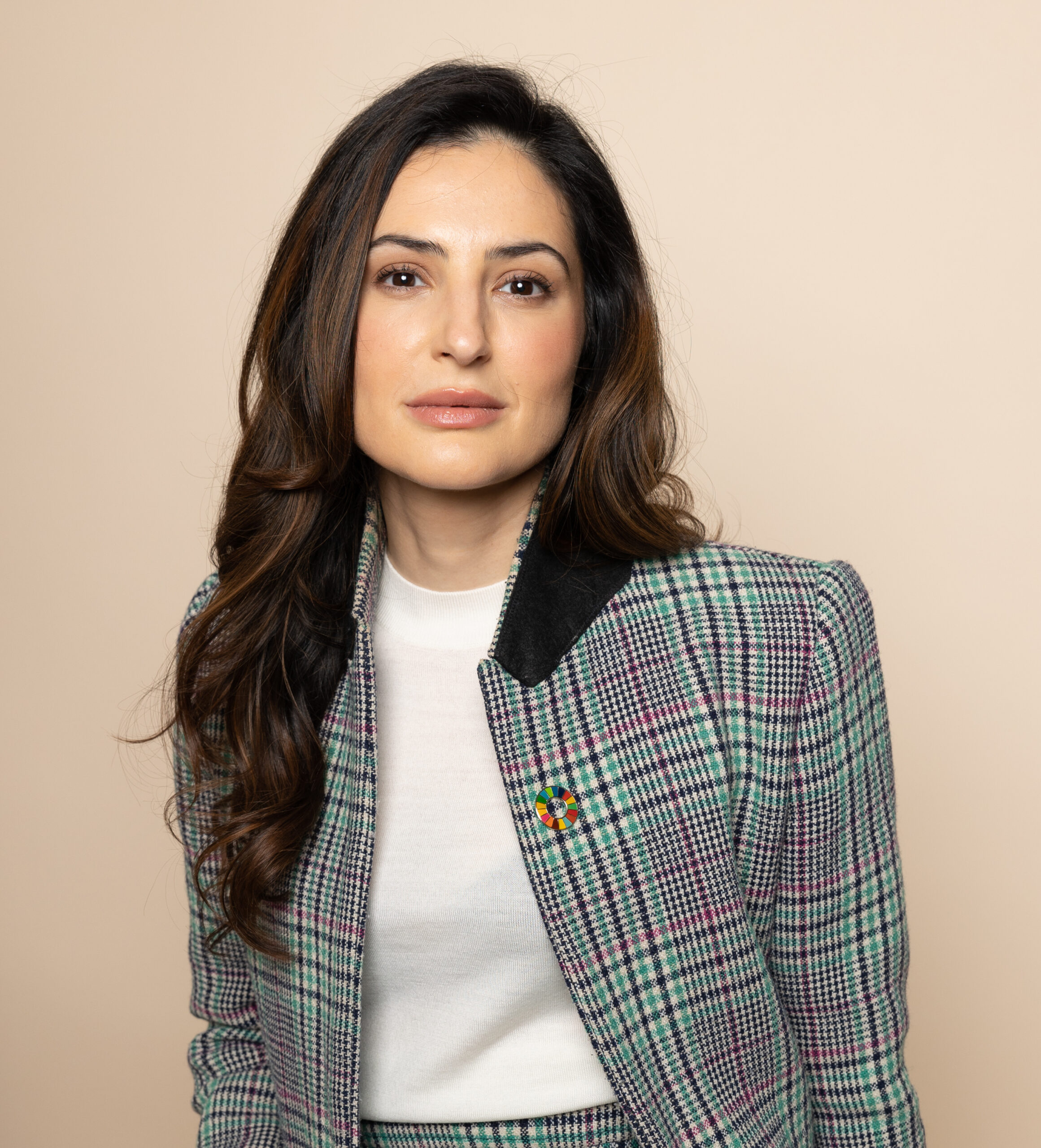Stories | February 15, 2019
Year in Review from Hyosung Brand-Facing Marketing Team

Happy New Year! We hope it’s getting off to a great start and wish you much happiness and success in 2019!
As many of you know, we started 2018 off with a new brand-facing marketing team, which has spent the majority of its time in the field speaking with mills and brand partners about their biggest concerns and how to solve them. Following is a bit of insight from my conversation with Hyosung’s Mike Simko, Global Marketing Director, Simon Whitmarsh-Knight, EMEA Marketing Director, and Deborah Richert, North America West Marketing Manager.
What totally surprised you this year when meeting with brand partners/mills?
Simon: Many customers were surprised, first, by how much business they were already doing with us, and second, by the extent of our innovative portfolio of fibres – both of which led to some great discussions and new business!
Deborah: Everyone in the industry is aware of the Gorilla spandex provider in the global market along with its consumer recognition. I was encouraged however, by the open consideration for our synthetic performance and innovation – and not just for price. This dialog created a layering effect of introduction to Hyosung’s other value add synthetic products.
Mike: First, I realized that Hyosung is one of the industry’s best kept secrets. Despite our size and presence in the market, most brands and retailers did not know much (if anything) about us. Second, it became very apparent how quickly the discussion and needs with respect to sustainable products have developed and matured.
What are a few top items you found customers/mills are most concerned with and what they need most help with?
Deborah: Consistency in the performance of fiber, yarn and fabric, and how we provide results through testing and service support. To add, price premiums of “best” product ingredient (e.g., black spandex) or innovative ingredient (e.g. recycled fiber/yarn) are of concern to meet their sustainability goals. For example, if we state the cost upcharge is 20% higher per industry yarn metrics (tons) when you can show either the cost savings in water and energy (black spandex) or the actual yield in finished fabric form (2-10% of the garment) the actual upcharge can be palatable for the purchasing department, and margin.
Mike: Our mills/customers are concerned with how they differentiate themselves from their competitors and with their product positioning. They know sales, however they could benefit from a more traditional marketing approach: product, price, place, promotion and people. Their work on selling benefits versus attributes and telling stories to make a more emotional connection will help in differentiating them from their competitors. Finally, they are concerned with being boxed in on price. Many large brands/retailers are asking for price transparency and defining what margin the mill should accept.
Simon: Sustainability (in all its various forms) is top of everybody’s list. Our GRS-certified recycled nylon and polyester is proving a hit, with significant interest in our plans for recycled spandex in the future. In the UK, margins are tight for brands/retailers, so they are delighted to increase their business with us, as this means consistent quality at better value.
What are some market trends you would love to go away?
Mike: A continued movement from nylon to polyester. In many respects, nylon is a superior product but loses to polyester due to price. I’d also like the use of European Certification companies for product adoptions to go away along with rented clothing…except for tuxes.
Simon: Sustainability is such a large and important development and there are many spurious claims out there. I hope the industry can unite around a few consistent certification/measurement platforms to help, and that business and consumers can assist in cutting through the clutter.
Deborah: High rise denim, pants, and leggings. Denim with rips and holes. Oversized tee-shirts and tops for women. Short “cheeky” women’s cut-off shorts. Obviously, I’m not a Millennial.
What are a few trends you’d like to see come back?
Simon: As a child of the 80s, I’m loving the return of day-glow colours, big messages on t-shirts and cool reflective Oakley shades.
Deborah: More denim, but more sustainably manufactured! Wide/straight leg khaki’s, circa late 90’s Gap or James Dean (flat front of course), paired with white tee-shirts.
Mike: Some decorum in dressing. I am tired of sitting on airplane with people dressed like they are sitting at home drinking beer on the couch.
What are you looking forward to in 2019?
Simon: The continued rise of natural/synthetic performance blends, the Rugby World Cup and surfing more.
Deborah: More innovations in sustainable fibers, finishes, dyeing and more adoption by brands supporting the innovation efforts and product. And continuing movement of the younger generation wanting to buy less but in higher quality apparel and footwear.
Mike: Working on BIG Ideas! Working with strategic partners defining long-term projects that will positively impact the industry. For example, bio-degradable fiber/fabrics.
So, what 2018 apparel market trends stood out for you? What are you looking forward to in 2019? We’d love to hear from you!

Deborah Richert 
Simon Whitmarsh-Knight






